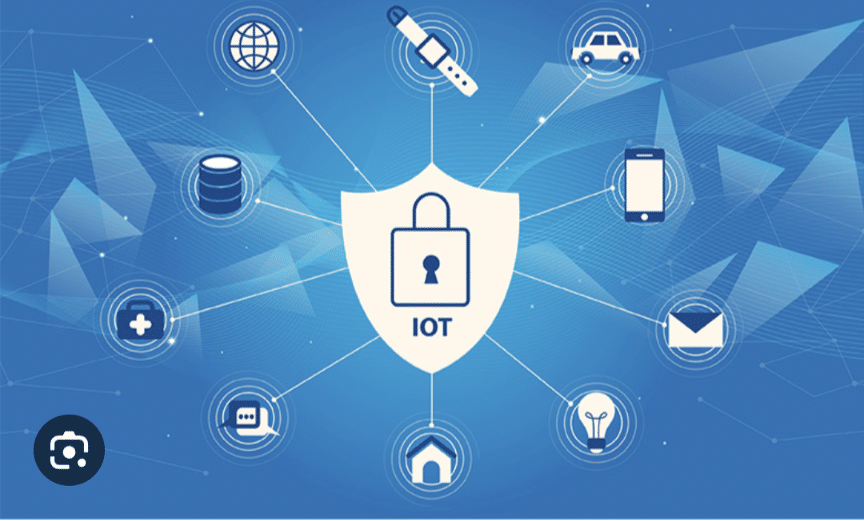
Microsegmentation: The Secret Weapon for Network Security
October 30, 2023
Endpoint Security for SMBs: Best Practices, Tips, and Recommendations
November 3, 2023The Internet of Things (IoT) has revolutionized the way we live and work. From smart thermostats and doorbells to connected cars and medical devices, IoT devices are becoming increasingly ubiquitous. However, with this convenience comes a new set of security challenges.
IoT devices are often poorly secured, making them easy targets for hackers. In recent years, we have seen a number of high-profile IoT security breaches, including the Mirai botnet attack, which took down major websites and online services in 2016.
Why is IoT security important?
IoT security is important because IoT devices can be used to gain access to sensitive data and disrupt critical systems. For example, a hacked smart thermostat could be used to remotely control the temperature in a home or office building, causing discomfort or even damage. A hacked smart doorbell could be used to spy on residents or allow unauthorized access to a property. And a hacked connected car could be used to take control of the vehicle, putting the occupants at risk.
Common IoT security threats
There are a number of common IoT security threats, including:
- Malware: Malware can be installed on IoT devices through a variety of means, including phishing attacks, malicious downloads, and software vulnerabilities. Once installed, malware can steal data, disrupt operations, or launch ransomware attacks.
- Weak passwords: Many IoT devices use weak default passwords, which can be easily guessed or cracked by attackers.
- Insecure communication protocols: Some IoT devices use insecure communication protocols, which can allow attackers to intercept data or inject malicious code.
- Lack of firmware updates: Many IoT device manufacturers do not release regular firmware updates, which can leave devices vulnerable to known exploits.
- Physical tampering: IoT devices are often physically accessible, which can make them vulnerable to tampering by attackers.
How to improve IoT security
There are a number of steps that individuals and organizations can take to improve IoT security:
- Use strong passwords: Change the default passwords on all of your IoT devices to strong, unique passwords.
- Keep firmware up to date: Install firmware updates for your IoT devices as soon as they are available.
- Use secure communication protocols: Whenever possible, choose IoT devices that use secure communication protocols, such as HTTPS and TLS.
- Segment your IoT network: Create a separate network for your IoT devices, isolated from your main network. This will help to prevent attackers from gaining access to your other devices and systems.
- Use a firewall and intrusion detection system (IDS): Implement a firewall and IDS to monitor and protect your IoT network from malicious activity.
Additional tips for IoT security
Here are some additional tips for IoT security:
- Be careful about what information you share: Be mindful about what information you share with your IoT devices. For example, avoid connecting your smart doorbell to social media accounts or sharing your home address with your smart thermostat.
- Disable features you don’t use: Disable any features on your IoT devices that you don’t use. This will reduce the number of potential attack vectors.
- Keep your devices physically secure: Keep your IoT devices physically secure, out of reach of unauthorized individuals.
- Educate yourself and others about IoT security: Learn about IoT security threats and best practices. Talk to your family and friends about IoT security and encourage them to take steps to protect their devices.
#IoTSecurity #Cybersecurity #IoT #SmartHomeSecurity #ConnectedDeviceSecurity #InternetOfThingsSecurity #CybersecurityAwareness #InfoSec #Security #Privacy #DataProtection #RiskManagement
By following these tips, you can help to improve the security of your IoT devices and protect yourself from cyberattacks.




